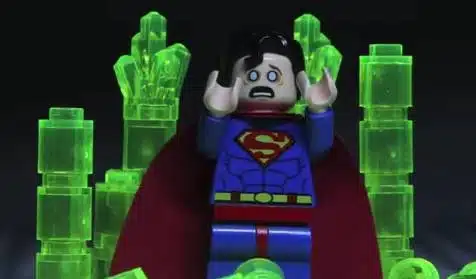Printalk
5 Factors that Contribute to Premature Print Head Failure
Estimated reading time: 3 minutes
Print Head Kryptonites
Inkjet print heads are marvels of modern engineering made of a multitude of materials. This array of technological components has been assembled and each step of the manufacturing process is carefully inspected to avoid risks of failures. Some of the top manufacturers even claim reaching up to 30% of production waste due to failed quality checks. This fact shows you how sensitive print heads are. Let’s have a look at the print head kryptonites that contribute to premature head failure.
1/ Extended Idle Time
As most of you know, the biggest cause of print head failures is blocked nozzles. If your printer remained for a long period of time without use, there are good chances that your printing system could be clogged and in need of a good thorough cleaning.
This can easily be avoided by regularly cleaning the heads and it’s worth pointing out the importance of good maintenance. A few minutes spent at the beginning and at the end of each shift wiping the head should ensure that print heads last longer, minimizing printer down time and… save you a lot money.
2/ Electrostatic Discharge
Static electricity is another high-risk factor. Print heads are very sensitive electronic components. Consider removing static electricity before handling to avoid any damage to the internal circuitry of your print head.
You can either buy a static electricity eliminator or simply follow your printer user manual.
3/ Abrasive Wear of the Print Head
The most sensitive part of the print head is the ejection surface, more commonly known as the nozzle plate. The distance between the head and the substrate is around a millimeter in DOD (Drop On Demand) or around centimeter in CIJ (Continuous Inkjet). The abrasive wear of the print head mainly occurs because of the friction with the substrate or residue buildups. This lead to droplets deflection or clogged nozzles.
Avoid any direct contact with the nozzle plate, even during the maintenance!
4/ Contamination
The contamination occurs when abrasive substances pass through the print head damaging the protective coating and/or causing the nozzles to clog. It can either come from the external environment or from a poor quality ink. Choose carefully your ink supplier and if you use third-party ink, make sure the ink developer has tested the ink formulation with your print head model to get the best performance.
Keep your environment clean and pay close attention to your print area. Remove any residue buildup or dirt.
5/ Overheating
The importance of heat should not be underestimated, especially for thermal print heads. Piezo inkjet print heads use electric charges and vibrations to push ink out of the nozzles while thermal inkjet print heads use heat to boil the ink and produce ink vapor, which is forced through the nozzle of the print head. As a result, the heat generated by resistors varies the viscosity of the fluids and droplets size. Excessive temperature can create hard coating effect causing the print head to overheat, reducing efficiency and ultimately resulting in print head failure.
Again, follow the user’s guide instructions on how to clean and maintain your printer.
Tips to Maximize the Life of Your Print Head
- Regular maintenance is key to prevent nozzle clogging.
- Clean your print surface to avoid any contaminants.
- Use a slower speed for your printer in order to extends the life of your print head while providing better quality.


